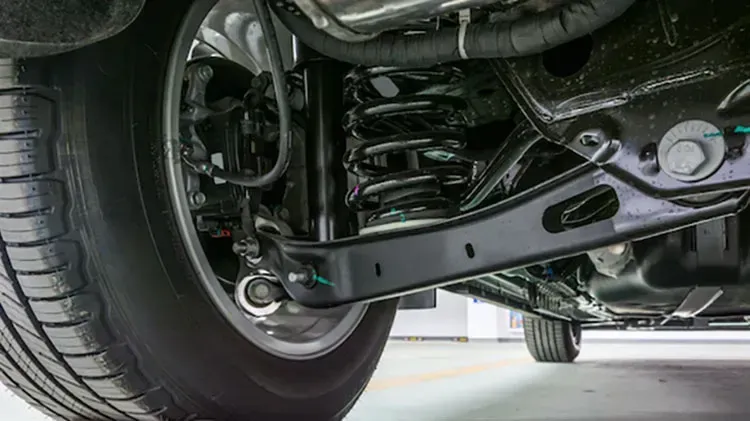Unveiling the Essence: Hydraulic and Pneumatic Pressures at the Core of Automobile Shock Absorbers
Nov 10,2023 | LOBO ZEAN
Introduction:
Automobiles, marvels of engineering, seamlessly glide over diverse terrains, thanks to a symphony of components working in unison. Among these unsung heroes are shock absorbers, diligently absorbing the bumps and jolts, providing a smooth and comfortable ride. At the heart of these indispensable components lie two fundamental forces: hydraulic pressure and pneumatic pressure. In this exploration, we unravel the intricacies of these forces and delve into the question - do you truly understand them?

Hydraulic Pressure: The Powerhouse of Stability
Picture this: You're cruising down the highway, and suddenly, the road becomes uneven. Without hydraulic pressure, your ride would resemble a roller coaster rather than the smooth glide you're accustomed to. Hydraulic shock absorbers operate on the principle of fluid dynamics, utilizing the incompressibility of liquids to maintain stability.
In this blog post, we'll break down the science behind hydraulic pressure in shock absorbers, explaining how it transforms kinetic energy into thermal energy and, ultimately, a controlled, stable ride.
Pneumatic Pressure: Riding on Air
Now, let's shift our focus to pneumatic pressure, a force that plays a crucial role in fine-tuning your driving experience. Pneumatic shock absorbers rely on compressed air to provide a cushioning effect, enhancing ride comfort and handling. But how does air become a driving force in the world of automobiles?
Join us as we demystify the magic behind pneumatic pressure, exploring how air-filled chambers contribute to a dynamic and responsive suspension system. From off-road adventures to city commutes, pneumatic pressure ensures that your vehicle adapts to varying conditions with grace and precision.
The Symbiosis of Forces: Harmony in Motion
As we traverse the realms of hydraulic and pneumatic pressures, it becomes evident that the true beauty lies in their harmonious collaboration. The marriage of these forces in shock absorbers creates a dance of equilibrium, allowing your vehicle to navigate the unpredictable terrain with finesse.
In this section, we'll delve into real-world examples and case studies, showcasing how automotive engineers masterfully integrate hydraulic and pneumatic pressures to optimize ride quality, handling, and overall performance.
Do You Understand Them?
Now that we've unraveled the intricate dance of hydraulic and pneumatic pressures in automobile shock absorbers, it's time to reflect: do you truly understand them? Gain a newfound appreciation for the engineering marvels beneath your vehicle, and the next time you hit the road, imagine the intricate interplay of forces ensuring a smooth and controlled ride.
Conclusion:
In the intricate tapestry of automotive engineering, hydraulic and pneumatic pressures emerge as unsung heroes, orchestrating a symphony of stability and comfort. As we conclude our journey through the heart of automobile shock absorbers, let's celebrate the genius behind these forces and acknowledge the engineers who transform scientific principles into the seamless driving experience we often take for granted. After all, every bump, dip, and curve is a testament to the mastery of hydraulic and pneumatic pressures working in unison beneath the chassis of your vehicle.


